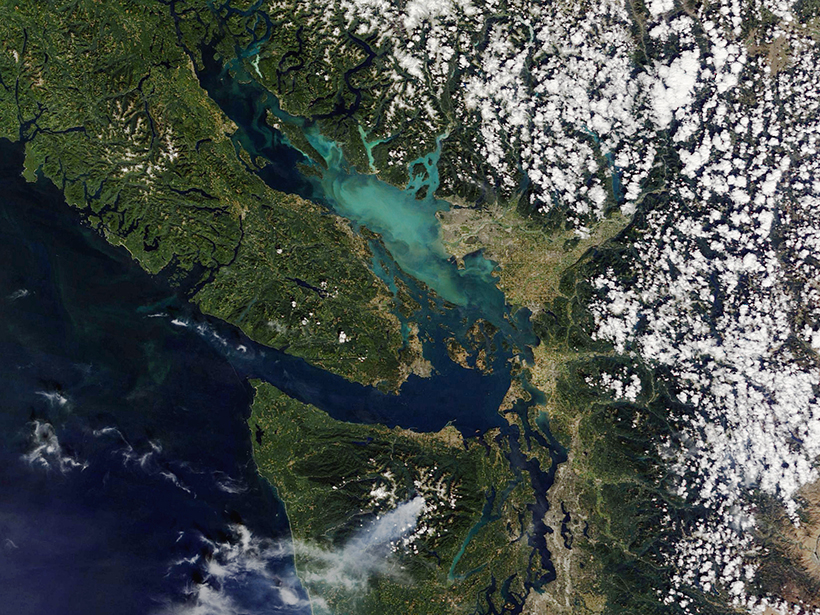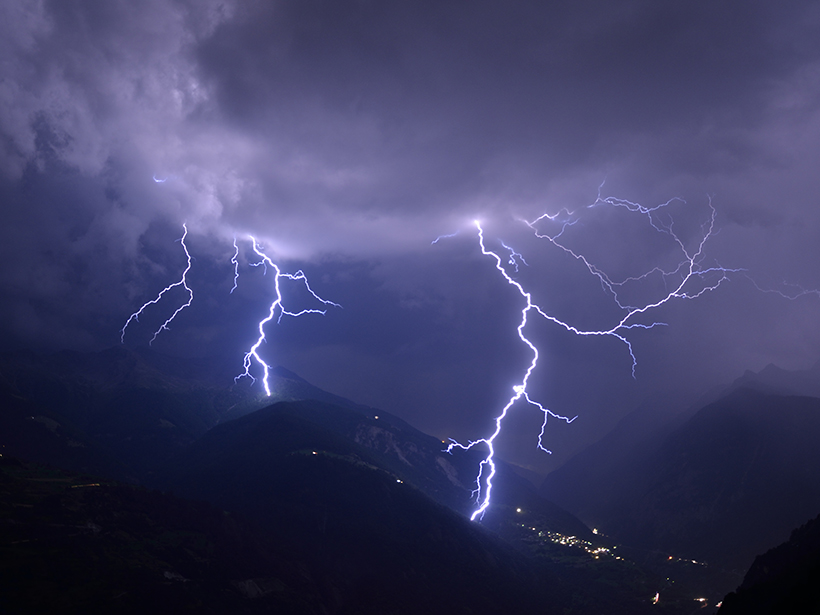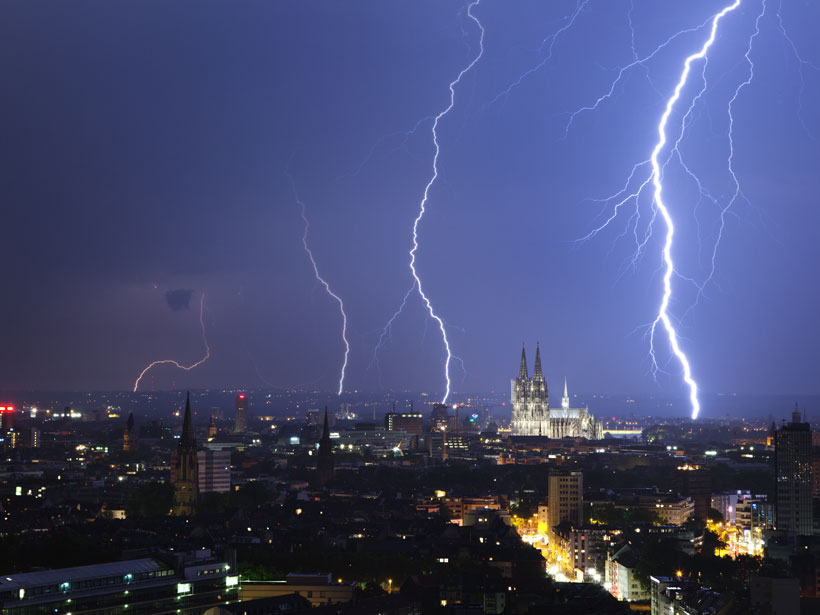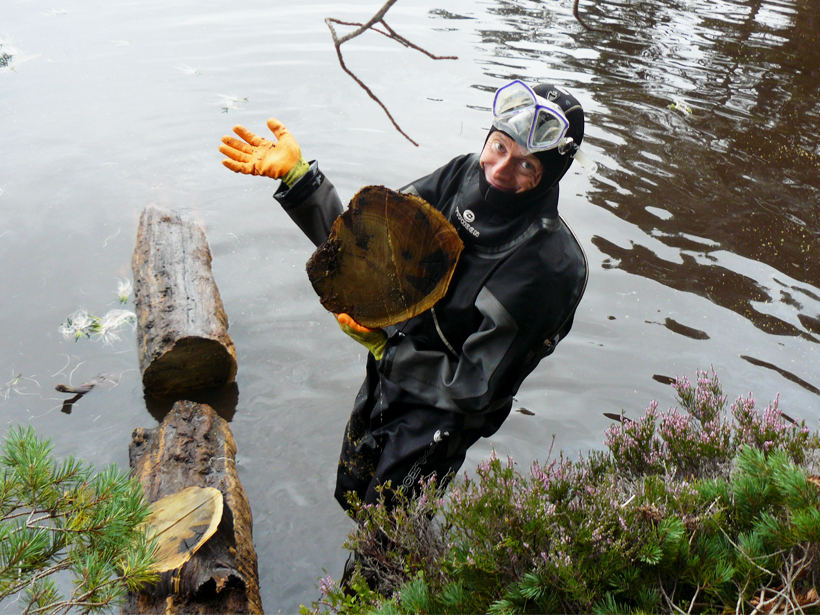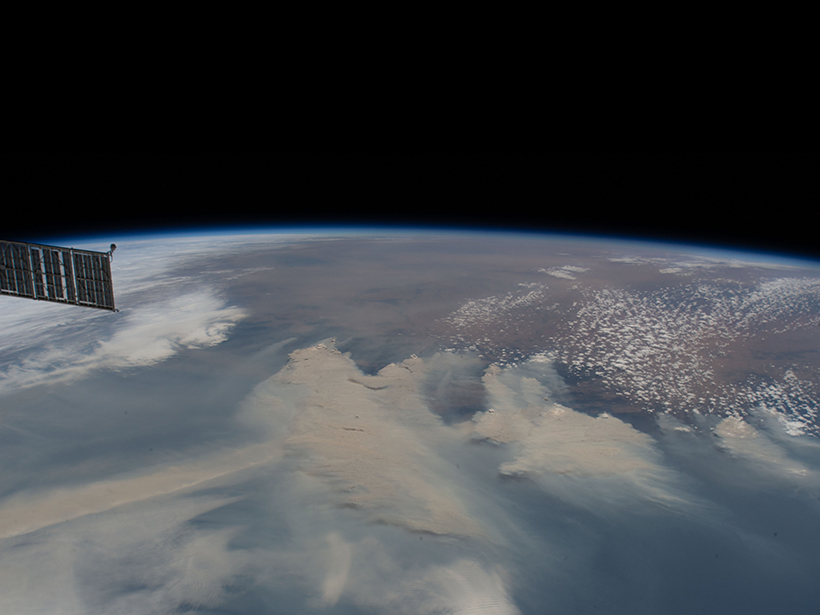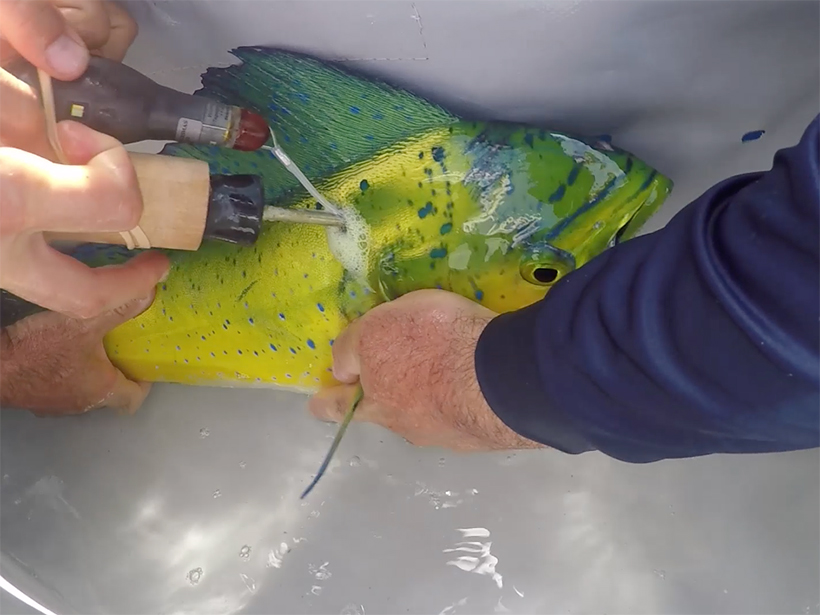In the early 1960s, a physicist enlisted the help of the public to study a rare atmospheric phenomenon.
Hazards & Disasters
Fluid Pressure Changes Grease Cascadia’s Slow Aseismic Earthquakes
Twenty-five years’ worth of data allows scientists to suss out subtle signals deep in subduction zones.
New Study Hints at Bespoke Future of Lightning Forecasting
Researchers used machine learning to develop a model that can predict lightning strikes to within 30 minutes of their occurrence and within 30 kilometers of a weather station by using just four simple atmospheric measurements.
Northern Europe Set for Increases in Lightning
As the climate warms across Europe, a rise in severe thunderstorms could bring a dramatic increase in related hazards, including lightning and hailstones.
Wildfire Smoke Boosts Photosynthetic Efficiency
Wildfires can destroy large tracts of vegetation. But their smoke plumes may help crops and other plants use sunlight more efficiently.
Cortes de Energía, PG&E y el Futuro Vacilante de la Ciencia
Mientras los legisladores debaten sobre los apagones como una medida paliativa para resolver el problema de los incendios forestales en Estados Unidos, la ciencia pende de un hilo.
How the Cold Climate Shaped Scotland’s Political Climate
Tree rings reveal how severe cold and political isolation brought disaster to Scotland, inspired a colonization effort in Panama, and helped drive union with England.
Where Australia’s Smoke Goes to Die
Wildfires from Down Under contribute to airborne pollution and carbon emissions—and some particulates can stay in the stratosphere for a year.
Europe’s Rivers Are the Most Obstructed on Earth
By analyzing satellite imagery of rivers worldwide, researchers have pinpointed over 35,000 obstructions like dams and locks that affect an environment’s ecology, hydrology, and water resources management.
Oil-Exposed Mahi-Mahi More Likely to Lose Oil-Avoidance Behavior
Contact with oil may make it harder for the fish to avoid additional exposure, creating a vicious cycle following offshore oil spills.


